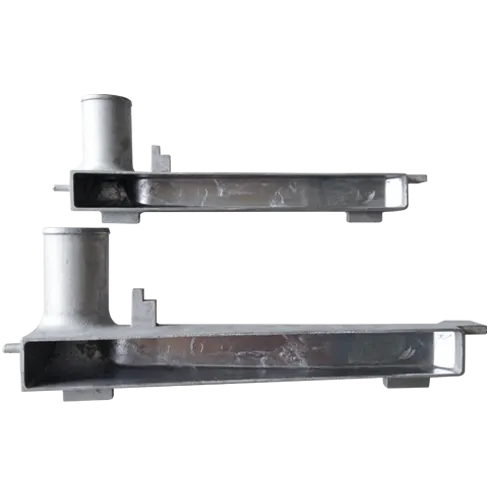Mobile:+86-311-808-126-83
Email:info@ydcastings.com
Understanding the Process and Benefits of Die Casting in Manufacturing
What is Die Casting?
Die casting is a manufacturing process that involves forcing molten metal under high pressure into a mold cavity to create intricate and precise metal parts. This method is widely utilized in various industries, including automotive, aerospace, electronics, and consumer goods, due to its ability to produce complex shapes with excellent dimensional accuracy and surface finish.
The die casting process begins with the preparation of the mold, which is typically made from hardened steel to withstand the high pressure and temperature of molten metal. The mold consists of two halves, which form the cavity where the molten metal will be injected. The design of the mold is crucial as it influences the final product’s quality, cost, and production efficiency.
What is Die Casting?
After the molten metal is ready, it is injected into the mold cavity at high pressure, typically ranging from 1,000 to 30,000 psi. This high-pressure injection ensures that the molten metal fills all intricate details of the mold, minimizing voids and ensuring a high-quality finished part. The metal then solidifies within the mold, forming a precise and intricate shape.
what is die casting

Once the metal has cooled and solidified, the mold is opened, and the finished part is ejected. Depending on the complexity of the part, secondary processes such as trimming, machining, or surface finishing may be necessary to achieve the final specifications.
Die casting offers several advantages, making it a preferred method for mass production. One of the primary benefits is the ability to produce parts with high dimensional accuracy and tight tolerances, which is critical in industries where precision is paramount. Additionally, die casting allows for the production of thin-walled components and complex geometries that would be difficult to achieve with other manufacturing methods.
Moreover, die casting is known for its efficiency and speed. Once the mold is made, the production cycle can be relatively quick, allowing for high-volume production runs. This efficiency can lead to lower unit costs, making it an economical choice for manufacturers.
However, die casting also has its limitations. The initial cost of creating the die can be high, especially for complex designs. Additionally, the process is best suited for metals with relatively low melting points, such as aluminum, zinc, and magnesium. Hence, die casting may not be suitable for all materials or applications.
In conclusion, die casting is a highly effective and widely used manufacturing process that provides numerous benefits for producing metal components with precise dimensions and superior surface quality. Its applicability across various industries highlights its importance in modern manufacturing. As technology continues to advance, the die casting process is also evolving, with innovations aimed at improving efficiency, reducing costs, and expanding its capabilities. Whether for automotive parts, electronic housings, or intricate prototypes, die casting remains a vital method in the manufacturing landscape.
-
Why Should You Invest in Superior Pump Castings for Your Equipment?NewsJun.09,2025
-
Unlock Performance Potential with Stainless Impellers and Aluminum End CapsNewsJun.09,2025
-
Revolutionize Your Machinery with Superior Cast Iron and Aluminum ComponentsNewsJun.09,2025
-
Revolutionize Fluid Dynamics with Premium Pump ComponentsNewsJun.09,2025
-
Optimizing Industrial Systems with Essential Valve ComponentsNewsJun.09,2025
-
Elevate Grid Efficiency with High-Precision Power CastingsNewsJun.09,2025











